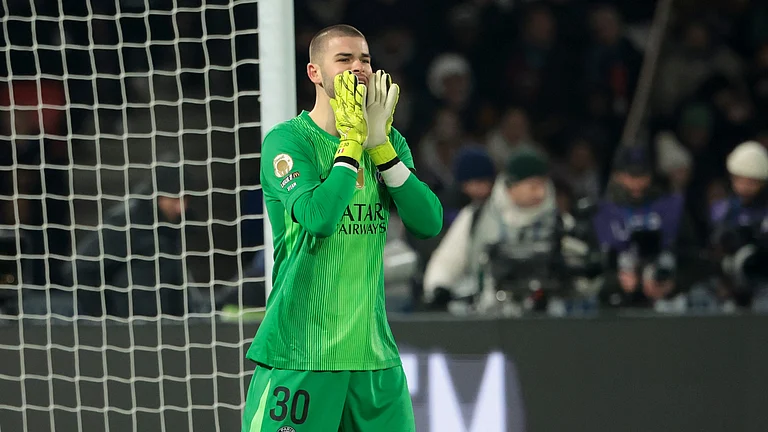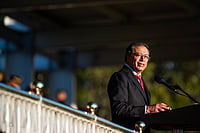India on Friday is hoping to 'wake up' Chandrayaan-3 as a new day has started on the Moon.
Earlier on September 2, the Indian Space Research Organisation (ISRO) had said that the Vikram lander and Pragyaan rover had completed their assignments and had been put to 'sleep'. The space agency said it would attempt to 'wake up' Chandrayaan-3 on September 22.
The Chandrayaan-3 works on solar-powered batteries and can therefore only work during the day on the Moon. The day-time on Moon is equal to around 15-Earth days. This is way after operating for two weeks on the Moon's surface, the Chandrayaan-3 had to be put to sleep as the Sun set and 15-day night-time began on the Moon. Now that the Sun has risen again on the Moon, India is hopeful for the Chandrayaan-3 to 'wake up'.
"The solar panel is oriented to receive the light at the next sunrise expected on September 22, 2023. The receiver is kept on. Hoping for a successful awakening for another set of assignments! Else, it will forever stay there as India's lunar ambassador," said ISRO on September 2.
The Chandrayaan-3 scripted history by becoming the first-ever spacecraft to land in the South Pole region of the Moon on August 23. With this historic feat, India became only the fourth country in the world after the United States, former Soviet Union, and China to land a spacecraft on the Moon.
Now, India is again hoping to script history by 'waking up' Chandrayaan-3.
Minister of State for Science and Technology and Space Jitendra Singh on Thursday said that the Chandrayaan-3 can only work when temperature is higher than -10*C and the spacecraft is expected to 'wake up' once the batteries are charged.
"We hope that the communication circuit will be activated by the onboard batteries when these are fully charged...If we can wake up the lander and the rover, it will be the first such event in the world," said Singh in Lok Sabha.
Earlier, astrophysicist Somak Raychaudhury told Outlook that the Chandrayaan-3 had to be put to sleep as the night gets very cold on the Moon and the India does not yet have the technology to keep the spacecraft warm during night.
"Once night sets in on the Moon tomorrow, temperature would drop too low that would cool the lander and rover. India does not have the technology to keep it warm during the night like the United States and Russia do but ISRO is working on it and it will come," said Raychaudhury to Outlook before the Chandrayaan-3 was put to sleep.


























